
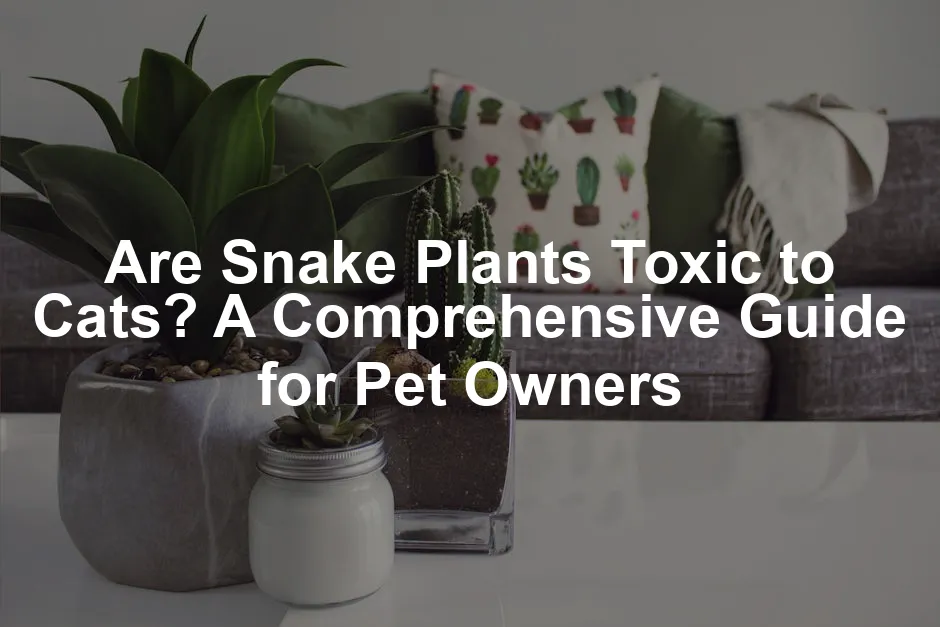
Are Snake Plants Toxic to Cats? A Comprehensive Guide for Pet Owners
Are Snake Plants Toxic to Cats? A Comprehensive Guide for Pet Owners
Introduction
Snake plants, known scientifically as Sansevieria trifasciata, are popular indoor plants. Their low maintenance and striking appearance make them a favorite among plant lovers. However, understanding the toxicity of houseplants is crucial for cat owners. Snake plants can pose risks to our feline friends, so it’s essential to be informed.
If you’re looking to add some greenery without the worry, consider getting a Spider Plant. Not only are they safe for cats, but they’re also super easy to care for and look fabulous! Your cat will thank you for it, and your home will feel like a jungle (a safe one!).
Summary and Overview
Yes, snake plants are toxic to cats. They contain saponins, a compound that can cause gastrointestinal issues if ingested. Symptoms may include nausea, vomiting, and diarrhea. In severe cases, swelling of the mouth or throat can occur, which may require immediate veterinary attention. If your cat shows any signs of distress after consuming a snake plant, contact your veterinarian promptly.

For pet owners who want to avoid toxicity, consider safe alternatives like spider plants or Boston ferns. These options allow you to enjoy greenery without compromising your cat’s health. You can explore more about how to bring nature indoors with indoor plants.
Choosing the right plants can help in creating a safe environment for your pets. Explore safe indoor plant options.
Understanding Snake Plants
What are Snake Plants?
Snake plants, scientifically known as Sansevieria trifasciata, are beloved houseplants. They have tall, upright leaves that can reach impressive heights. These leaves are often variegated with shades of green and yellow, adding a touch of elegance to any space.
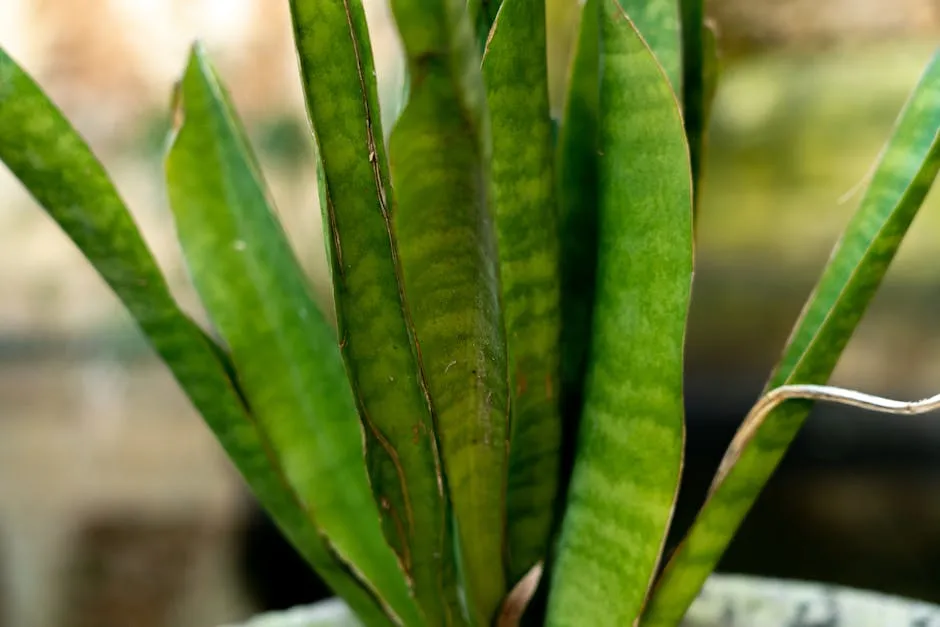
Their popularity stems from their low-maintenance nature. Snake plants thrive in various light conditions, from bright to low light. They require minimal watering, making them perfect for busy individuals. Additionally, these plants are known for their air-purifying qualities, enhancing indoor air quality.
Resilience is another key feature. Snake plants can withstand neglect and are resistant to pests. This combination of beauty and hardiness makes them a favorite among home decorators. But let’s be honest, if you want to keep your home fresh, consider an Air Purifier. It will make your home feel like a breath of fresh air—literally!
Why are Snake Plants Toxic to Cats?
Snake plants contain saponins, natural compounds that serve as a defense against pests. These saponins are found in all parts of the plant, making it toxic to cats if ingested.
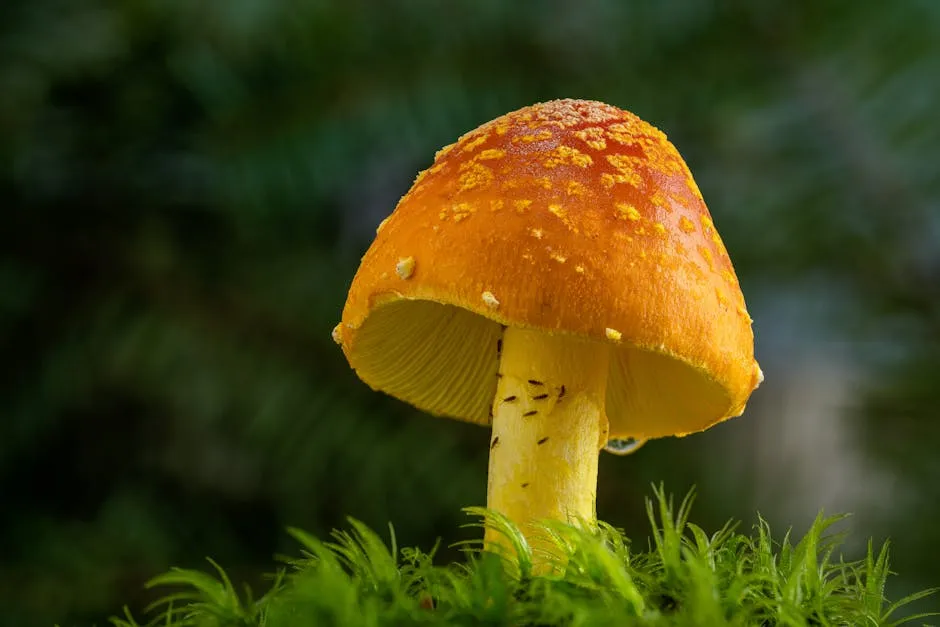
When a cat eats a snake plant, it can experience gastrointestinal upset. Symptoms may include nausea, vomiting, and diarrhea. While most cats recover well, the severity of symptoms can vary based on the amount ingested.
It’s important to monitor your cat closely if you suspect ingestion. Even small quantities can lead to discomfort and health issues. If your feline friend shows any signs of distress, contacting your veterinarian is always a wise choice.
Symptoms of Snake Plant Toxicity in Cats
Common Symptoms to Watch For
If your cat chews on a snake plant, it may show several symptoms. Common signs include nausea, which often leads to vomiting. You might also notice diarrhea, which can cause dehydration. Lethargy is another symptom, making your cat less active than usual.
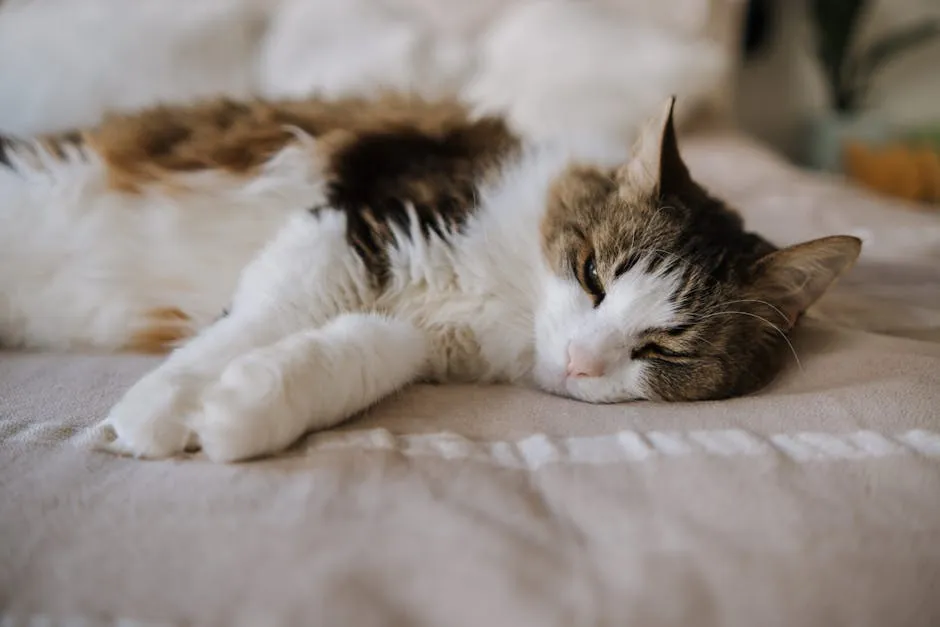
Every cat is different, so symptoms can vary significantly. Some cats might experience only mild discomfort, while others could suffer more severely. The severity often depends on how much they ingested. In serious cases, swelling of the throat or mouth can occur, which is particularly alarming. If you observe any of these symptoms, keep a close eye on your furry friend.
When to Seek Veterinary Care
It’s crucial to know when to contact a veterinarian. If your cat shows moderate to severe symptoms, like continuous vomiting or extreme lethargy, don’t hesitate to reach out. Even mild symptoms can escalate, so err on the side of caution.
When you call, be prepared with details like the amount of snake plant consumed and any visible symptoms. This information helps the vet provide the best care. If you’re unsure, resources like the ASPCA Poison Control Center can offer immediate guidance. Always prioritize your cat’s well-being by taking quick action when you suspect poisoning.
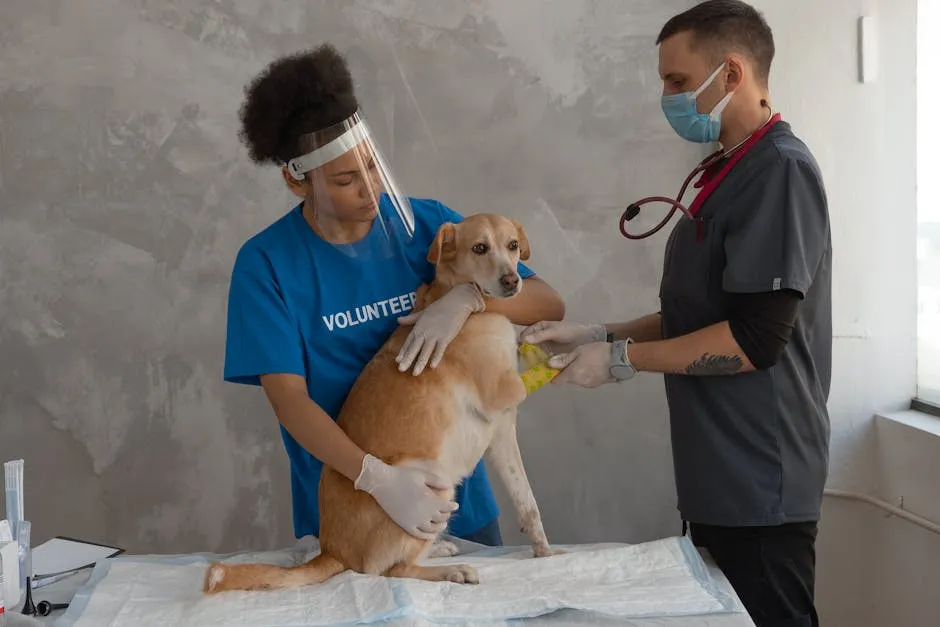
What to Do If Your Cat Ingests a Snake Plant
Immediate Actions to Take
If you think your cat has eaten a snake plant, stay calm. First, remove your cat from the area. This prevents further ingestion. Next, identify the plant to confirm it’s a snake plant. Knowing the plant type helps your veterinarian provide the best advice.

Then, contact your veterinarian or a poison control hotline immediately. Provide details about the situation, including how much your cat might have eaten and any symptoms you notice. It’s crucial not to induce vomiting unless your vet specifically advises you to do so. Inducing vomiting can lead to more harm than good, especially if your cat is experiencing throat swelling.
Treatment Options
If your cat has ingested a snake plant, your veterinarian will assess the situation. Treatments may involve supportive care, such as administering fluids to combat dehydration. If your cat is vomiting or experiencing diarrhea, keeping them hydrated is vital.
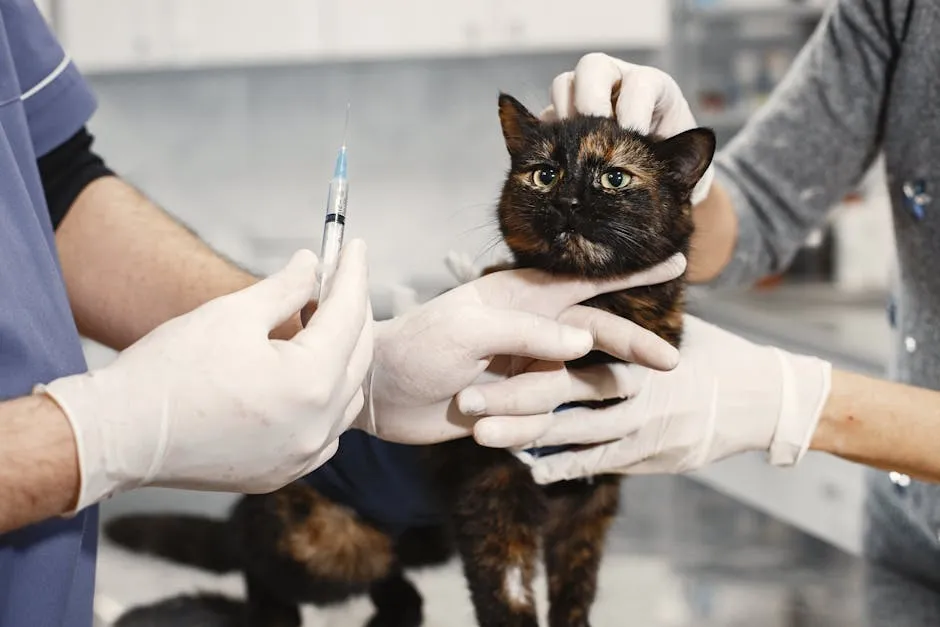
The vet might also prescribe medications to ease nausea or discomfort. Monitoring your cat closely after ingestion is essential. Watch for any worsening symptoms or changes in behavior. If your cat seems to improve, keep an eye on them for a few days. Always follow your veterinarian’s instructions for post-ingestion care to ensure a full recovery.
Preventing Snake Plant Ingestion
Tips for Cat Owners
As a cat owner, keeping your furry friend safe from snake plants is crucial. Start by placing these plants in high, hard-to-reach areas. Consider using shelves or hanging planters to keep them out of paw’s reach. If you have curious cats, creating barriers around your plants can also help. Pet gates or decorative screens can be effective deterrents. Check out this Pet Gate for Cats to keep those mischievous furballs at bay!

Safe Plant Alternatives
If you’re looking for houseplants that are safe for cats, several options fit the bill. Spider plants thrive in various light conditions and are easy to maintain. Boston ferns add a lush touch to your home while being non-toxic to cats. Other great choices include the Areca palm, Parlor palm, and Bamboo palm, all of which are safe and visually appealing.
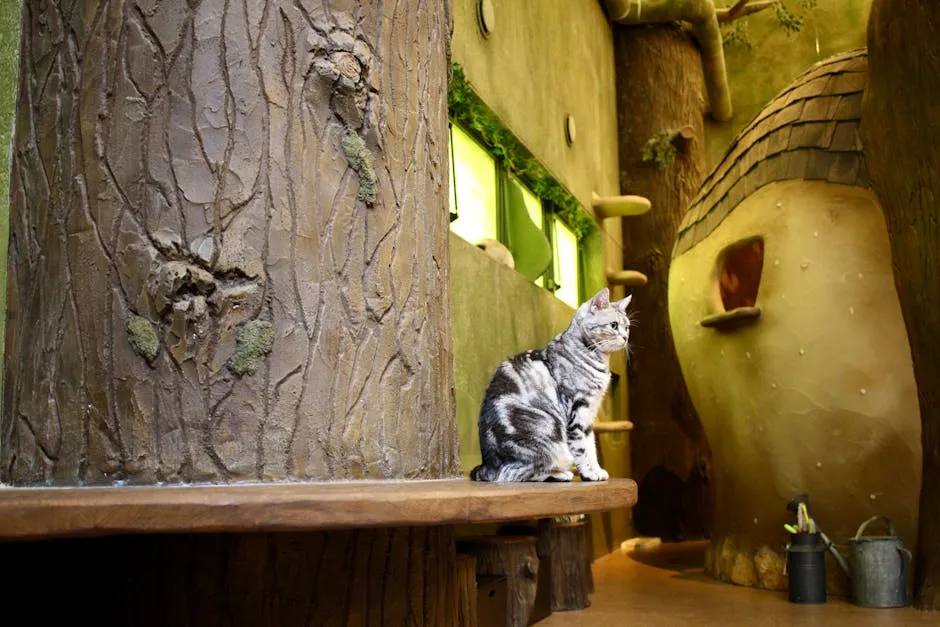
These cat-friendly plants not only beautify your space but also help purify the air. By choosing safe options, you create a vibrant indoor environment without putting your feline friends at risk. Enjoy your greenery guilt-free! And if you need a little extra help keeping your plants thriving, consider grabbing some Plant Fertilizer to give them a little boost!
Conclusion
Snake plants are toxic to cats due to their saponin content. It’s vital to prevent your cat from ingesting any part of the plant. Always research new plants before bringing them home, especially if you have pets. If you have concerns about your cat’s health or potential plant toxicity, consult your veterinarian for advice. Keeping your cat safe and happy should always come first!
FAQs
Are snake plants toxic to cats?
Yes, snake plants are toxic to cats due to saponins that can cause gastrointestinal issues.
What symptoms indicate snake plant poisoning in cats?
Look for nausea, vomiting, diarrhea, and lethargy. Monitoring your cat is essential.
What should I do if my cat eats a snake plant?
Remove the plant, identify it, and contact your veterinarian immediately for guidance.
How can I keep my cat safe from toxic plants?
Place toxic plants out of reach and consider using pet-safe alternatives.
Are there any plants that are safe for cats?
Yes, options include spider plants, Boston ferns, Areca palms, and Bamboo palms.
Please let us know what you think about our content by leaving a comment down below!
Thank you for reading till here 🙂 And if you’re looking for some cozy vibes, grab a Scented Candle to enjoy while you read!
All images from Pexels



